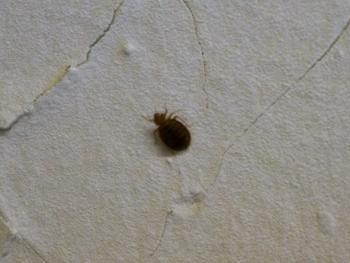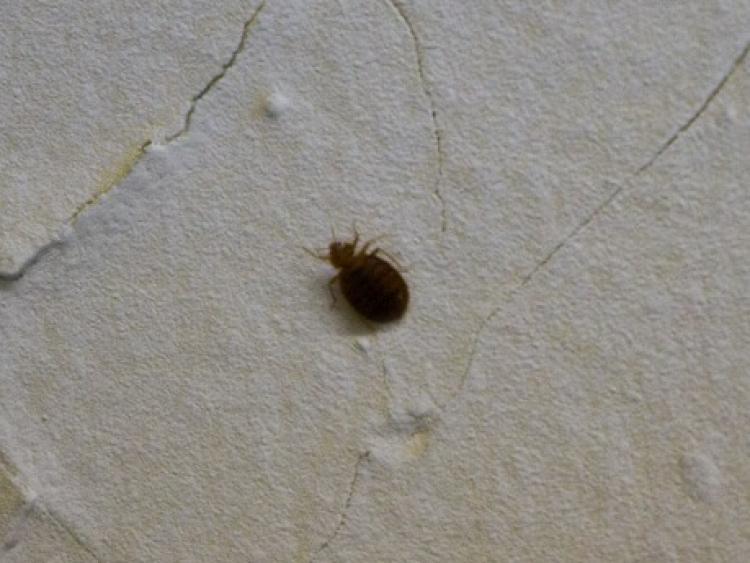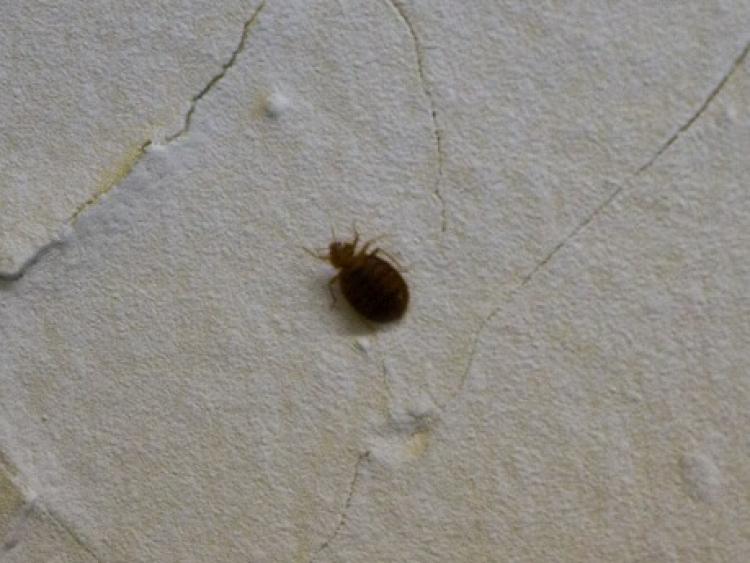NEW YORK—New Yorkers are awash in high-profile, public, bedbug infestations these days. In some cases, building management, with their livelihood at stake, takes care of the problem with a qualified exterminator in a timely and thorough manner. But for the city’s most vulnerable, especially people living in low or mid-income rental units, bedbugs easily become a recurring nightmare that under current city regulations is likely to never go away.
And until the city gets its act together, the rest of us will just have to deal with it.
Bedbugs travel on clothing, in luggage, and in bags, and they can drop down and breed anywhere. They prefer crevices, cracks, and upholstery. As long as there are human beings around to feed on, they will be content. Bedbugs feed almost exclusively on human blood and can survive up to a year without a meal.
The secret of eradicating bedbugs is to kill the creatures wherever they are found. Bedbugs are much harder to eradicate than cockroaches, mice, or rats, the vermin that prompted current housing regulation and enforcement policy.
Bedbug Battle in New York City
New Yorkers are awash in high-profile, public, bedbug infestations these days.

A bedbug is shown climbing on the wall of a low-income city apartment. The Epoch Times
|Updated:
Reporting on the business of food, food tech, and Silicon Alley, I studied the Humanities as an undergraduate, and obtained a Master of Arts in business journalism from Columbia University. I love covering the people, and the passion, that animates innovation in America. Email me at andrea dot hayley at epochtimes.com
Author’s Selected Articles






